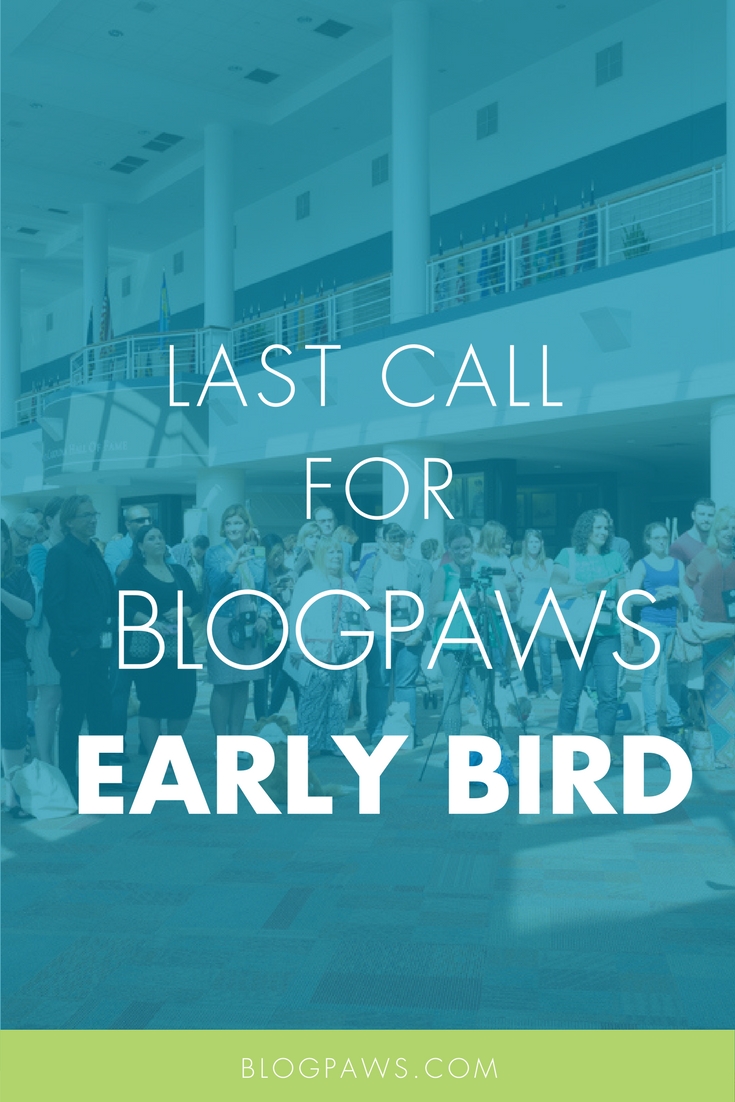Best Practices for Bloggers: What is a nofollow tag?
If you’ve participated in a sponsored campaign–through the BlogPaws network or otherwise–you’ve likely seen the requirement to use a nofollow tag.
For new bloggers or bloggers unfamiliar with the behind-the-curtain HTML aspects of their blog, this can be a confusing concept. What is a nofollow tag in the first place? Why should a blogger use that nofollow HTML code? And how the heck do I do it?
“When you share sponsored content your readers can see and understand the words ‘this is sponsored content.’ When it comes to the bots that Google and other sites send out to check out your blog, they cannot read those words but they can read and understand HTML code,” said Felissa Elfenbein, BlogPaws Director of Influencer Marketing.
In other words, that piece of code tells search engines: This is a paid post.
“The code rel=”nofollow” added to a link alerts the bots to the fact that they are crawling sponsored content, and that the link appears in your post because you are being paid to promote that content,” Felissa said. “Any content that you write for a brand for any sort of consideration (money, product, a chance to win, shares to their social channels, or potential sponsored content in the future) is considered sponsored content.”
Here’s where things get tricky. Recently, a number of bloggers got dinged for not coding their paid posts appropriately. This is problematic to search engines like Google because they don’t want search results to mislead. Makes sense.
But, what happens when a blogger who writes a lot of sponsored content writes a non-sponsored piece that links out to a bunch of brands?
The bots get confused.
This past spring, a large group of bloggers received notice from Google: You’re doing it wrong. And some were.
But many weren’t.
Google actually recommend three instances for using the tag. You can read Google’s suggestions for when to use nofollow. However, Felissa said it’s up to bloggers to up their link-coding game. “Using rel=”nofollow” links on outgoing links within your blog post is not only a best practice, but it should be your only way of adding links to your blog posts, especially but not limited to your sponsored posts.”
Rather than risk getting penalized or getting the brand you mention penalized, err on the side of caution. “It is best practice to “nofollow” links to ANY for-profit website, whether you are talking about them out of the goodness of your heart, because you love their products, or because you are working on a sponsored campaign. Google can’t tell the difference and can only tell that you sometimes have sponsored links,” Felissa said.
At the end of the day, it’s a judgement call, but because we all rely so much on search engines to help potential readers find us, following a stricter version of their guidelines may be in the blogger’s best interest… and the brand’s.
OK, so now you know the why and when… how about the how? Check out this useful, actionable YouTube video covering how to use a nofollow tag on your blog:
What questions do you have about nofollow tags? What best practices for nofollow links to YOU use on your blog? Please share in the comments!
Maggie Marton serves as the BlogPaws senior editor. When not hiking with her two pit mixes, Emmett and Cooper, or playing with Newt the Cat, Maggie writes about them (and the pet industry) at ohmydogblog.com and maggiemarton.com.
Images: Rawpixel.com/Shutterstock.com and GaudiLab/Shutterstock.com






